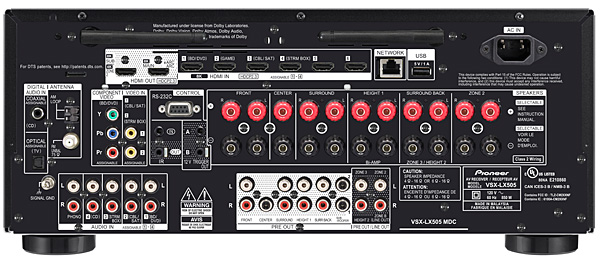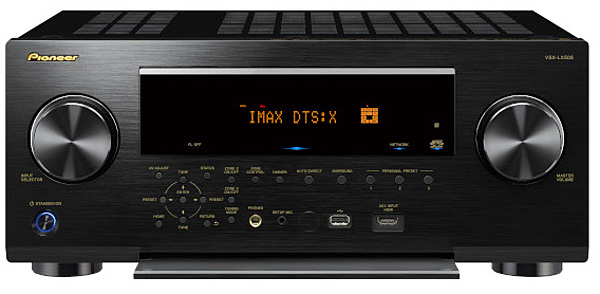Two questions: How is the GUI and how stable is the operation? I recently replaced my Pioneer Elite for a different brand. The sound was absolutely unimpeachable, but my Elite (same tier but it came out shortly after the HDR-capable chipsets became available had a clunky, sluggish AI, and never passed HDR reliably (even 4K SDR was inconsistent).
After having a few major components replaced with no improvement, I bit the bullet and bought a competing brand at the same tier. The sound isn’t quite as nice, but the lack of headache/anxiety from not having a $1,500 piece of hardware that doesn’t operate reliably is totally worth it.







































































